18 GPTs for UI/UX Powered by AI for Free of 2025
AI GPTs for UI/UX are advanced generative pre-trained transformer models specifically tailored for tasks and topics within the user interface (UI) and user experience (UX) domains. These tools leverage the power of AI to assist in designing, prototyping, and testing UI/UX elements, making the process more efficient and user-centric. By understanding and generating human-like text, these GPTs can provide suggestions, generate content, and even code, relevant to UI/UX design principles. Their role is pivotal in streamlining the design workflow, ensuring that applications and websites are both functional and appealing to users.
Top 10 GPTs for UI/UX are: Image to Code GPT,🔹Graphic DesignerGPT,Creador de Pagina Web,Prompt creator for Create.xyz,Design buddy,Icon Maestro,Icon Artist,Icon Innovator,CreativeDesign,Button Stylist
Image to Code GPT
Transforming Designs into Code, AI-Powered Precision

🔹Graphic DesignerGPT
Empowering Art with AI Innovation

Creador de Pagina Web
AI-Powered Web Creation Simplified

Prompt creator for Create.xyz
AI-powered prompt creation for projects
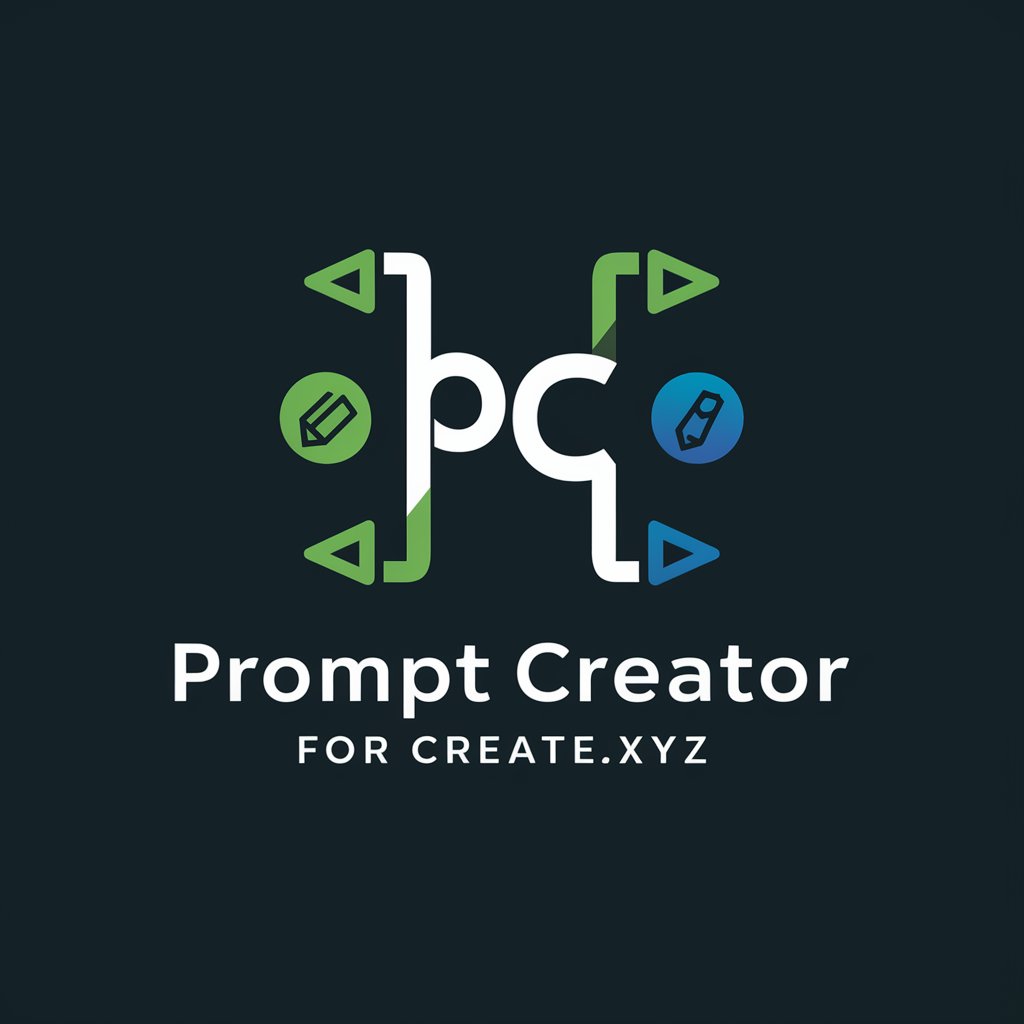
Design buddy
AI-powered design exploration made easy

Icon Maestro
Crafting minimalist icons with AI precision.
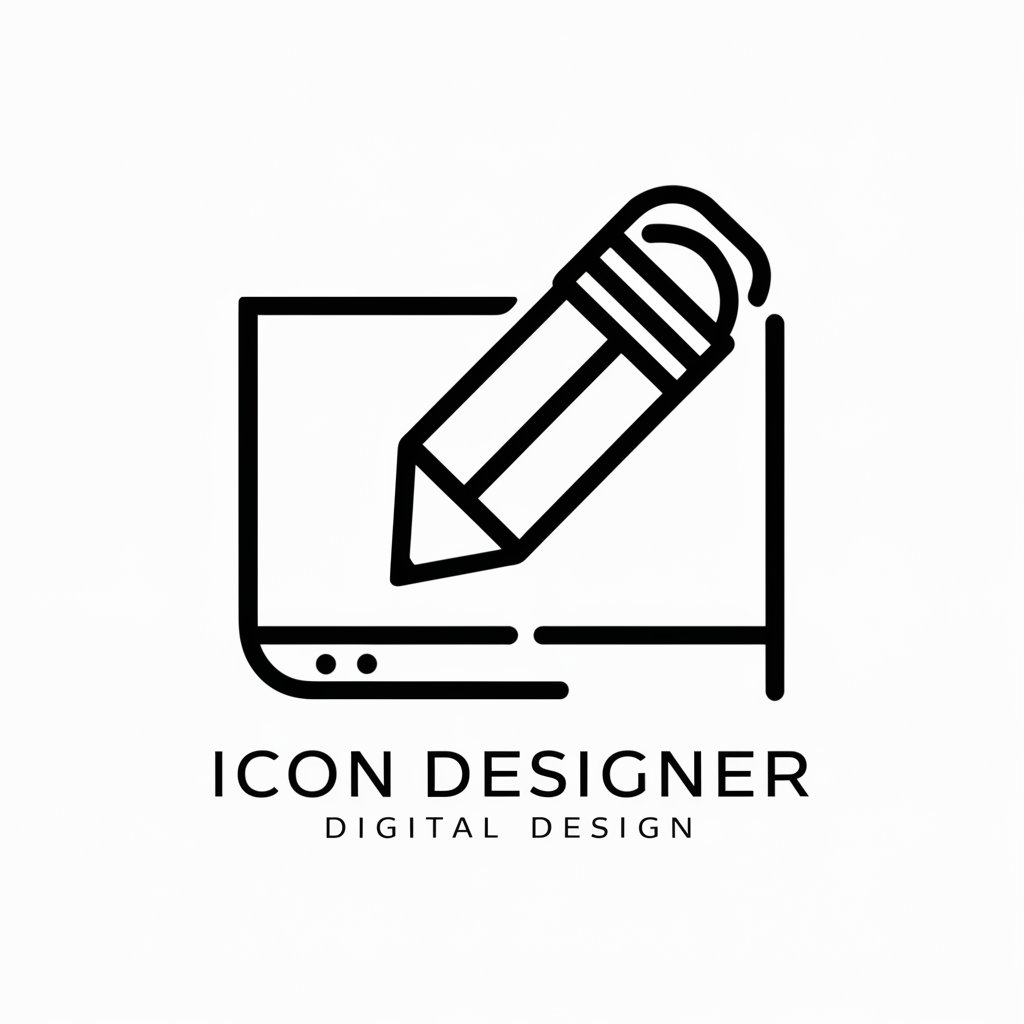
Icon Artist
Crafting Custom Icons with AI Precision
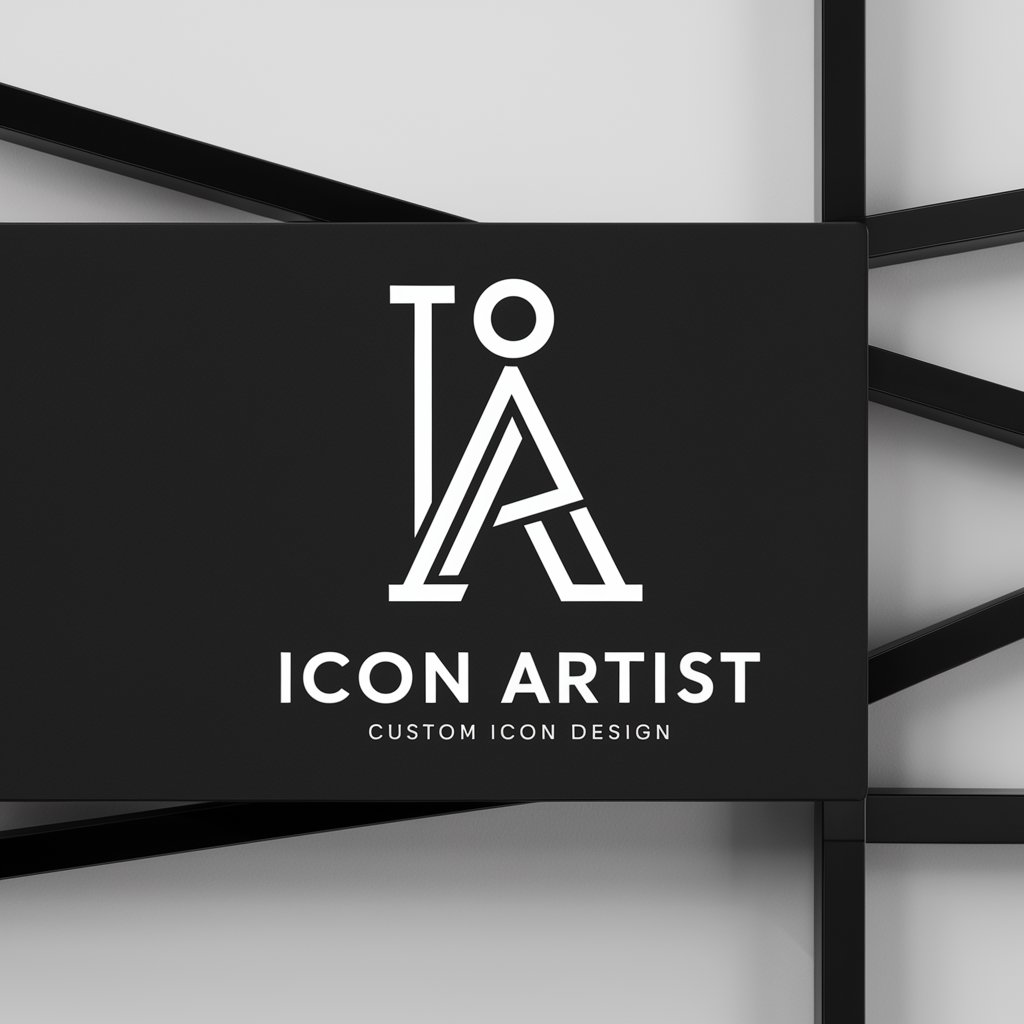
Icon Innovator
Crafting Custom Icons with AI
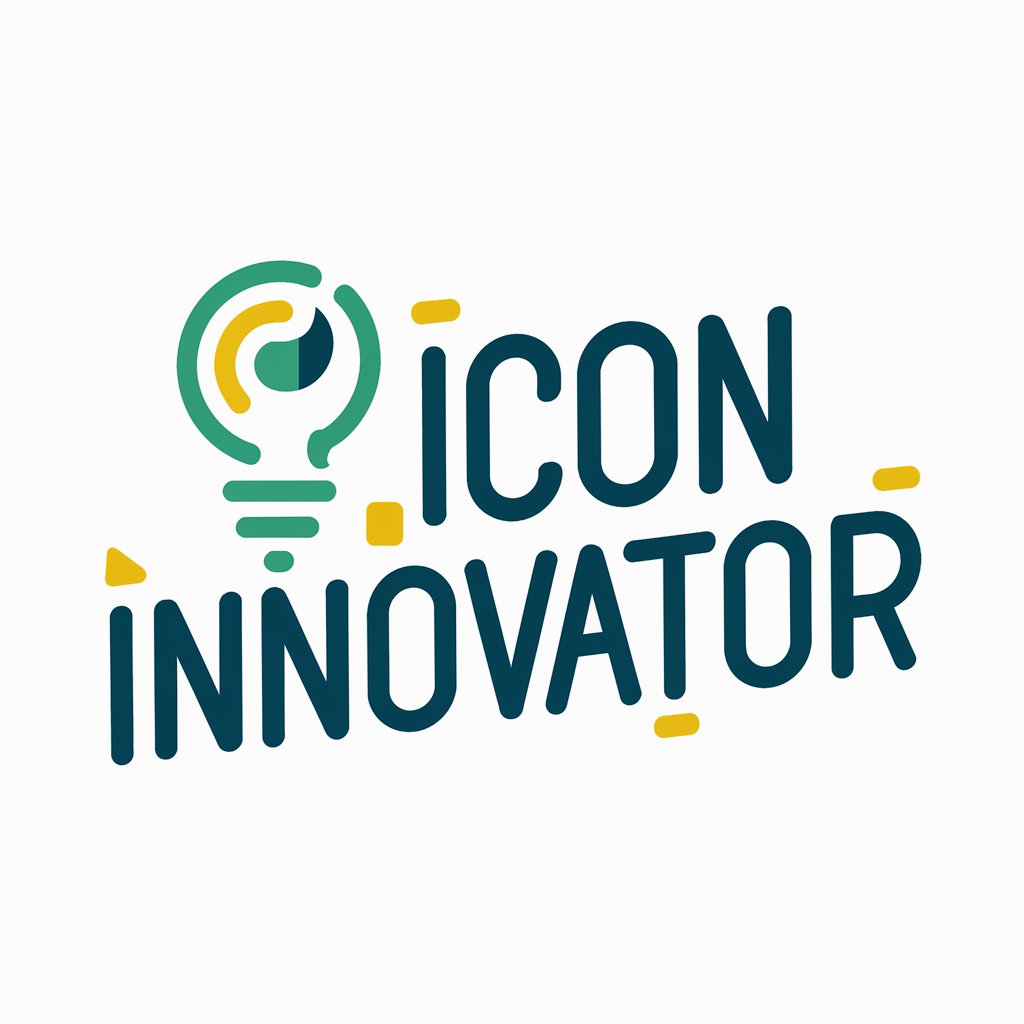
CreativeDesign
Empowering Web Innovation with AI
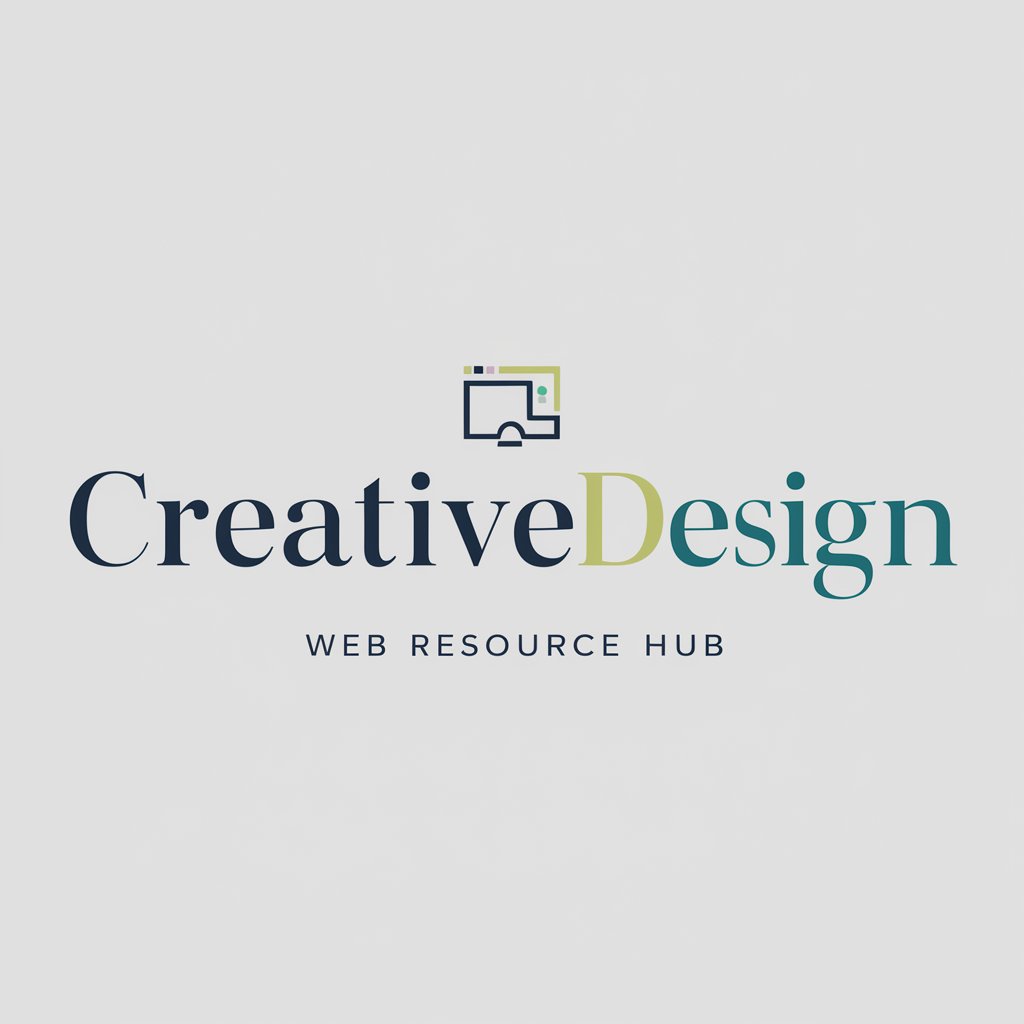
Button Stylist
Crafting Future-Ready Buttons with AI

VisionCraft HTML Design
Crafting Visuals with AI Precision
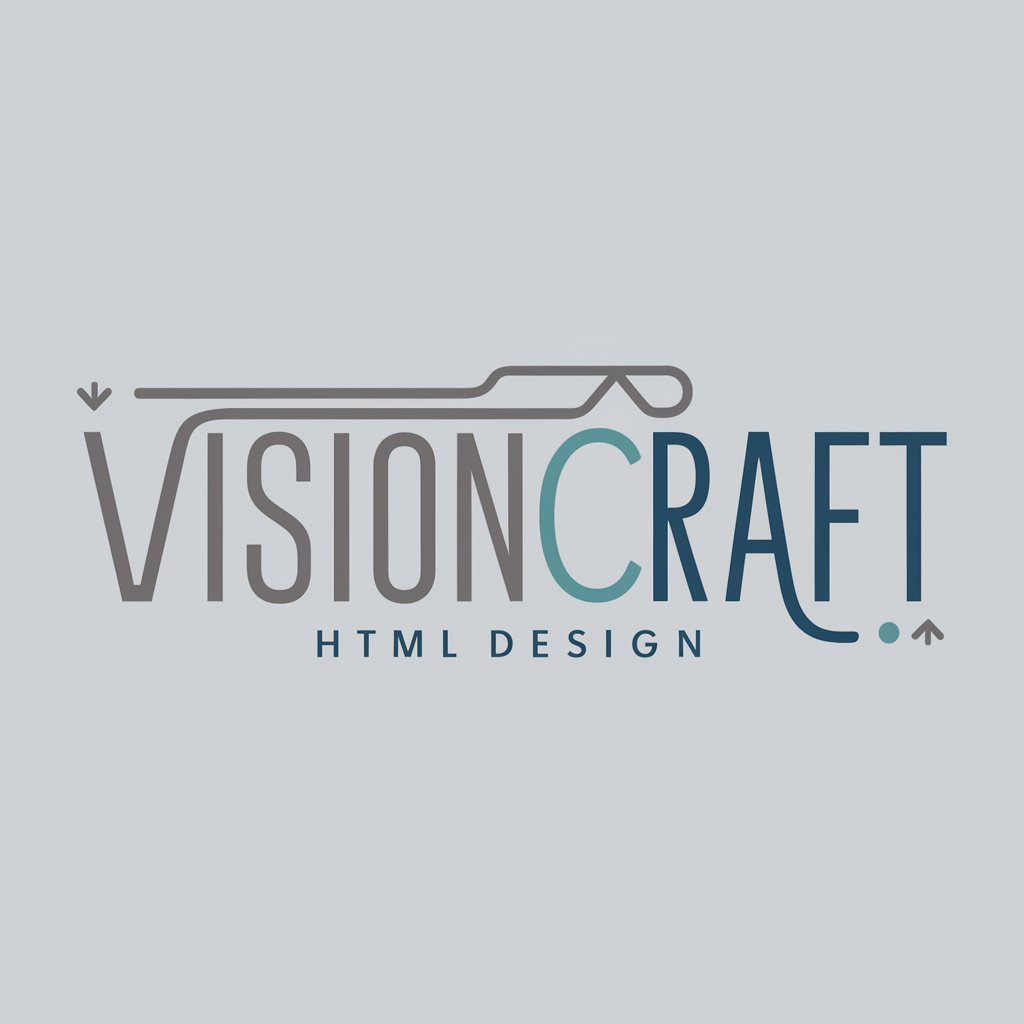
Icon maker
Craft Icons Effortlessly with AI
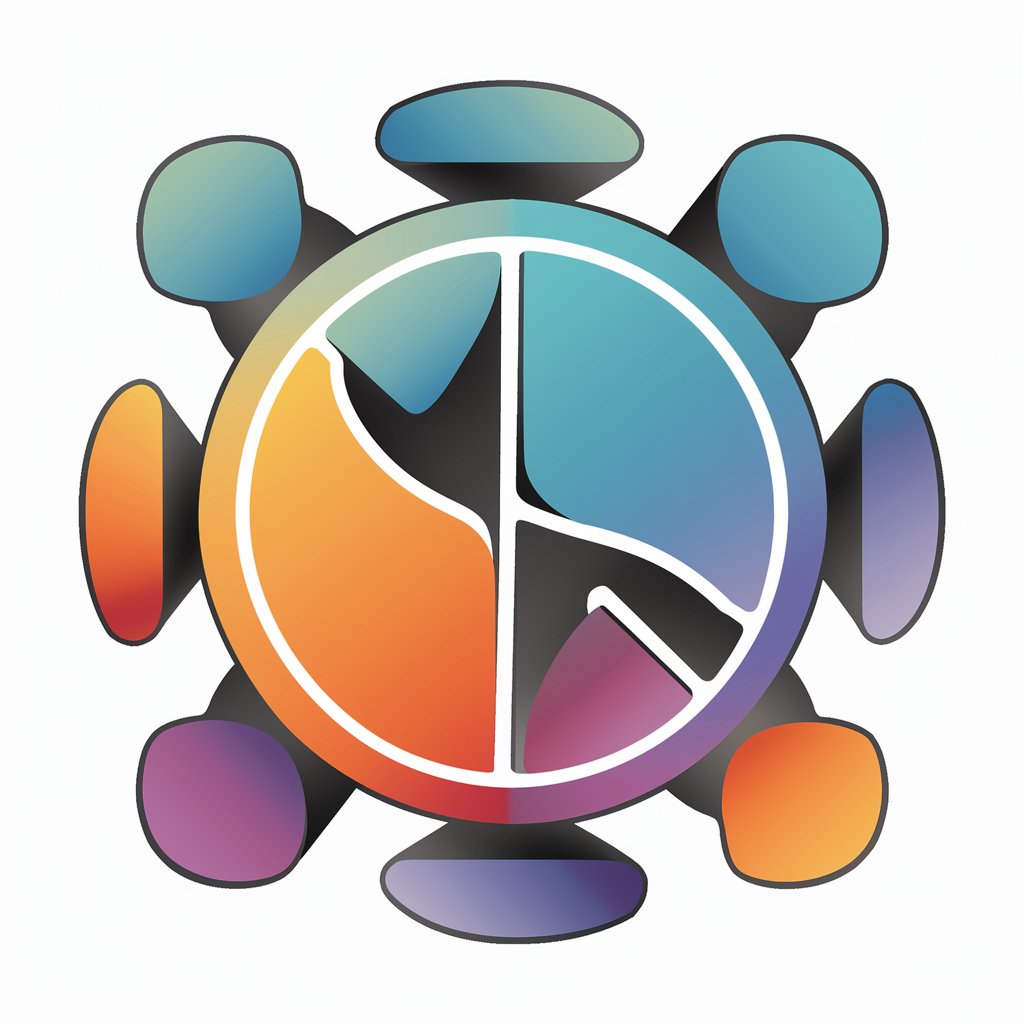
Icon Intern
Crafting Simple, AI-Powered Icons

⏹️ Iconify Icon Maker lv2.6
Design Iconic Apps with AI
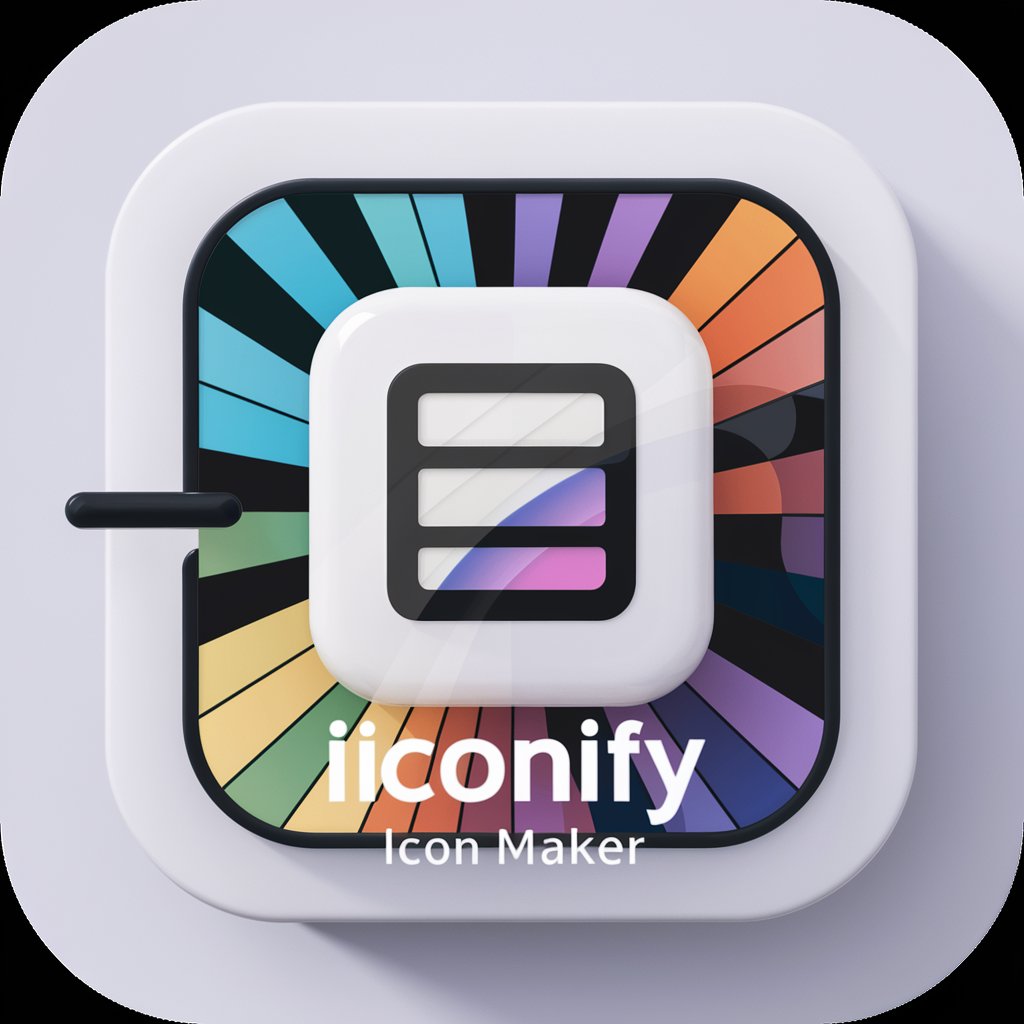
Sketch Maker
Visualize app designs with AI-powered sketches
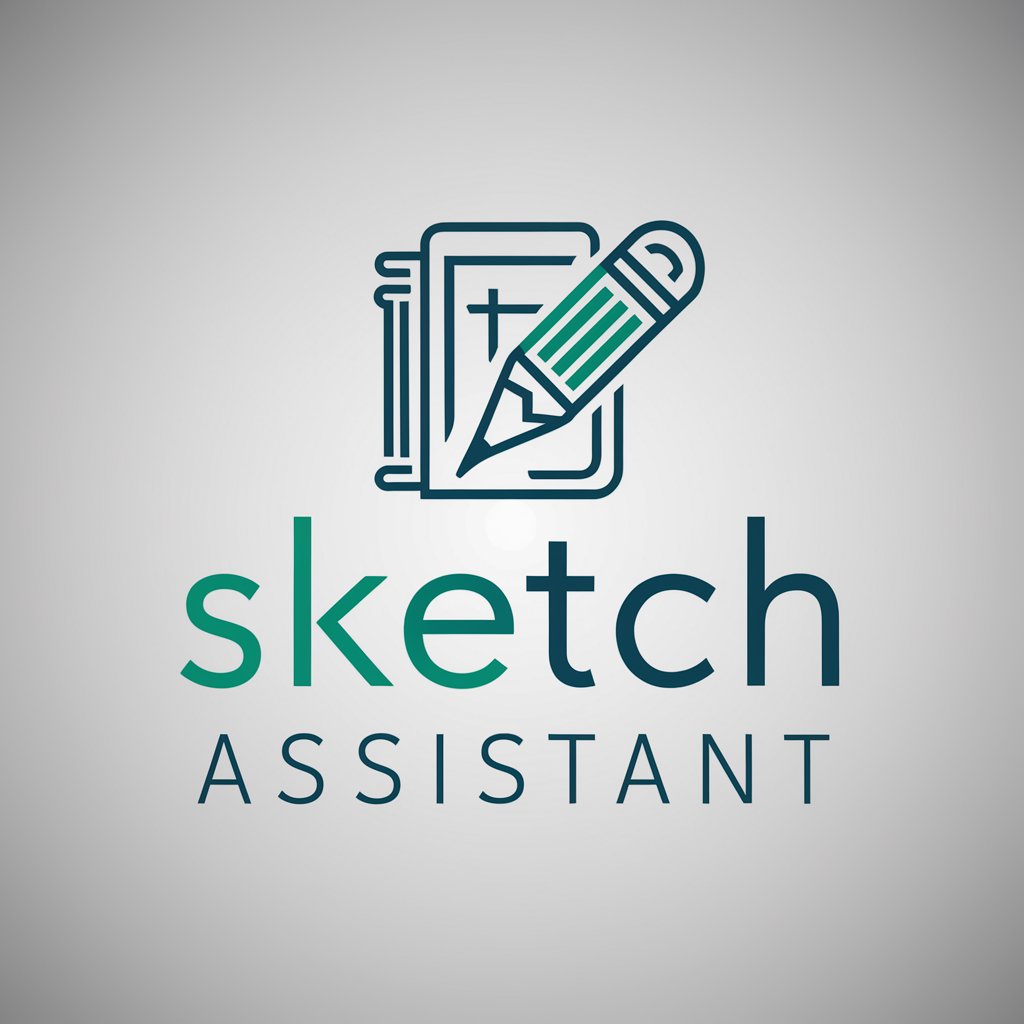
Simple Design Grid Maker
AI-powered precision in design grids

顶级设计师
Empowering Creativity with AI
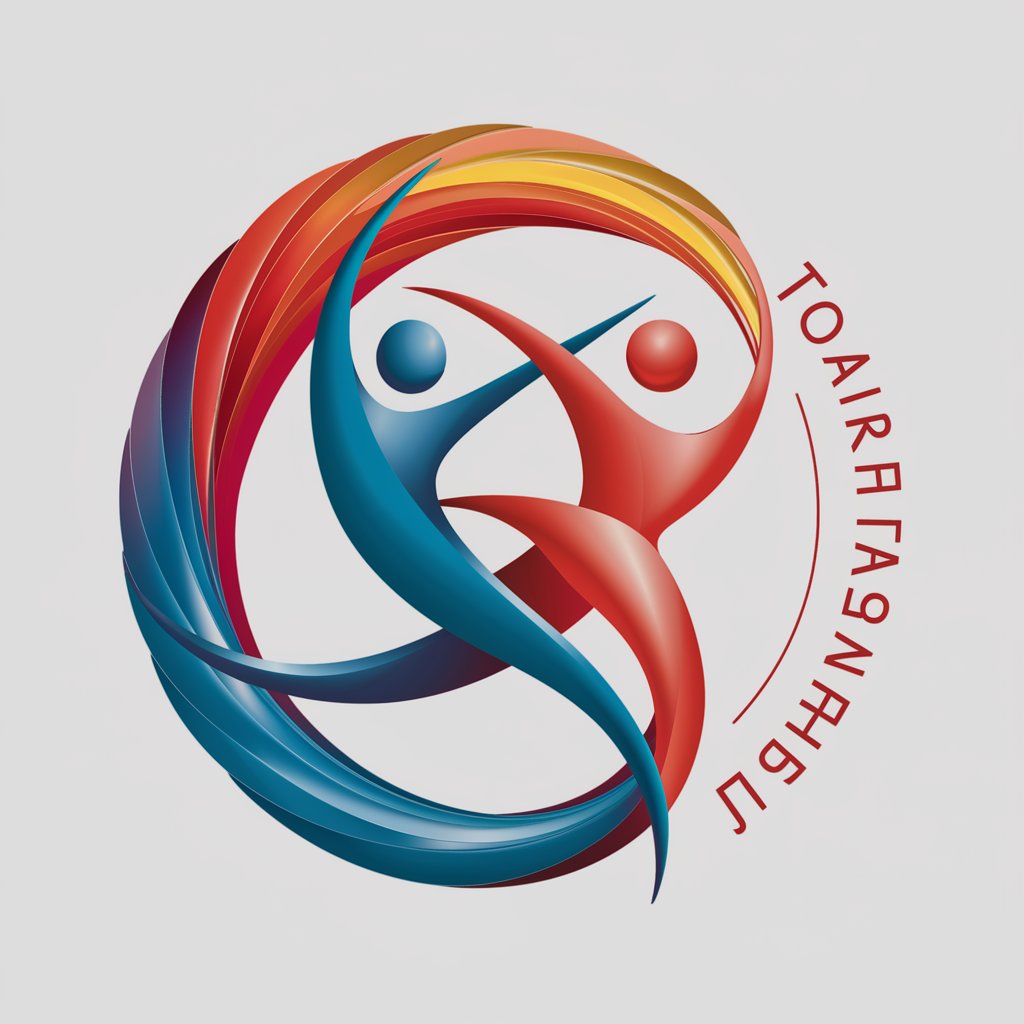
网站生成
Craft Web Designs Instantly with AI

Essential Attributes of UI/UX AI GPT Tools
AI GPTs for UI/UX are renowned for their adaptability, capable of handling tasks ranging from simple design suggestions to the generation of complex UI elements. Key features include natural language processing for understanding design briefs, the ability to generate high-fidelity prototypes, and support for usability testing feedback. Some tools also offer specialized capabilities like web searching for design inspiration, image creation for mockups, and data analysis for user behavior insights. These features collectively make GPTs invaluable assets in the UI/UX toolkit.
Who Benefits from UI/UX AI GPTs?
The primary beneficiaries of AI GPTs for UI/UX include UI/UX designers, web developers, and product managers, as well as novices interested in entering the design field. These tools are accessible to individuals without programming knowledge, thanks to their user-friendly interfaces, while also offering extensive customization options for those with technical expertise. This dual approach ensures that GPTs can be effectively utilized across a broad spectrum of users within the UI/UX community.
Try Our other AI GPTs tools for Free
Meow Meow
Discover Meow Meow AI: Your go-to AI assistant for everything cat-related, from health queries to adorable cat content creation.
Meow
Explore how AI GPTs for Meow revolutionize domain-specific tasks with adaptive, intelligent solutions for enhanced productivity and creativity.
Personalized Cuisine
Discover how AI GPTs for Personalized Cuisine are revolutionizing meal planning and culinary experiences with tailored recipes and dietary suggestions, making cooking personalized and accessible to all.
Style Feedback
Discover how AI GPTs for Style Feedback can revolutionize your writing with advanced style suggestions, making your content more engaging and coherent.
Grooming Advice
Discover how AI GPTs for Grooming Advice leverage advanced technology to provide personalized beauty and grooming recommendations, making expert advice accessible to all.
Fashion Trends
Discover the future of fashion with AI GPT tools, your gateway to trend forecasting, personalized styling, and innovative design insights.
Further Exploration into AI GPTs and UI/UX
AI GPTs offer a unique opportunity to revolutionize the UI/UX design process, enabling more intuitive and user-centered designs. They support a collaborative environment where designers and AI work in tandem to explore creative solutions. Furthermore, their integration into existing workflows enhances productivity and fosters innovation, making them indispensable for modern UI/UX projects.
Frequently Asked Questions
What exactly can AI GPTs for UI/UX do?
AI GPTs for UI/UX can assist in various stages of the design process, from generating initial design concepts to creating high-fidelity prototypes and analyzing user feedback for improvements.
Do I need coding skills to use these tools?
No, many AI GPTs for UI/UX are designed to be user-friendly and accessible to those without coding skills, offering intuitive interfaces and guided assistance.
Can these tools integrate with existing design software?
Yes, many AI GPTs for UI/UX are designed to complement and integrate with existing design and prototyping software, enhancing workflow efficiency.
How do these tools handle user data and privacy?
AI GPTs for UI/UX prioritize user data security and privacy, employing encryption and adhering to strict data protection regulations to safeguard user information.
Can I customize the output of these GPTs?
Yes, users with programming skills can customize the output of AI GPTs for UI/UX to better suit specific project requirements through APIs and scripting.
Are there examples of successful projects using AI GPTs for UI/UX?
Numerous projects have successfully utilized AI GPTs for UI/UX to enhance design efficiency, improve user engagement, and streamline the development process.
What kind of feedback can these tools provide?
AI GPTs for UI/UX can provide actionable feedback on design usability, accessibility, and potential areas for improvement based on user interaction data.
How do these tools stay updated with the latest UI/UX trends?
AI GPTs for UI/UX continually learn from a wide array of sources, including design publications and user interactions, ensuring they stay informed of the latest trends and best practices.